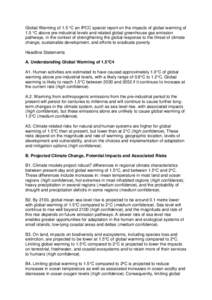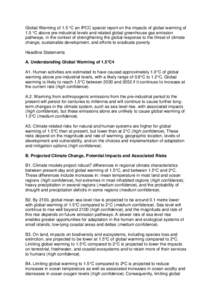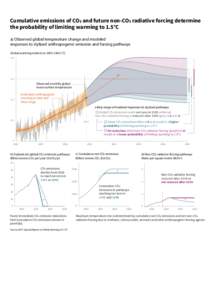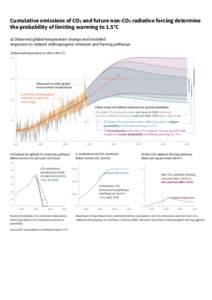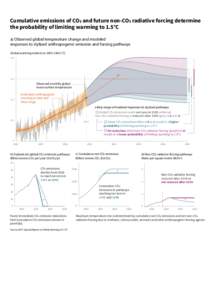<--- Back to Details
| First Page | Document Content | |
|---|---|---|
 Date: 2014-08-06 15:30:42United States Environmental Protection Agency United States Climate change policy Emissions trading New Source Review Clean Air Act New Source Performance Standard Emission Regulation of greenhouse gases under the Clean Air Act Air pollution in the United States Environment of the United States Environment |
Add to Reading List |
 PUBLIC NOTICE Isotek Systems, LLC - U.S. Department of Energy Oak Ridge National Laboratory -Building 3019 has applied to the Tennessee Division of Air Pollution Control (TDAPC) for a renewal of their major source operat
PUBLIC NOTICE Isotek Systems, LLC - U.S. Department of Energy Oak Ridge National Laboratory -Building 3019 has applied to the Tennessee Division of Air Pollution Control (TDAPC) for a renewal of their major source operat